House we are under contract to buy is in a high-risk flood zone
word_doc
10 years ago
Featured Answer
Sort by:Oldest
Comments (19)
rrah
10 years agoword_doc
10 years agoRelated Professionals
Dania Beach Architects & Building Designers · Palos Verdes Estates Architects & Building Designers · Amarillo General Contractors · Chicago Ridge General Contractors · Groton General Contractors · Los Lunas General Contractors · Mankato General Contractors · Marietta General Contractors · Mount Vernon General Contractors · San Elizario General Contractors · McLean Home Stagers · West New York Home Stagers · Belle Glade Interior Designers & Decorators · Linton Hall Interior Designers & Decorators · Washington Interior Designers & Decoratorsterezosa / terriks
10 years agoword_doc
10 years agoword_doc
10 years agokirkhall
10 years agomarie_ndcal
10 years agoterezosa / terriks
10 years agoword_doc
10 years agoBeemer
10 years agonovice_from__ct
10 years agonew-beginning
10 years agobeachlily z9a
10 years agovioletwest
10 years agoc9pilot
10 years agodeegw
10 years agodeegw
10 years agosusanjn
10 years ago
Related Stories
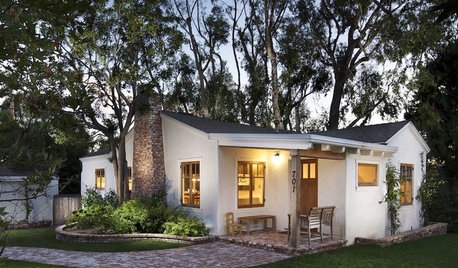
MOVING5 Risks in Buying a Short-Sale Home — and How to Handle Them
Don’t let the lure of a great deal blind you to the hidden costs and issues in snagging a short-sale property
Full Story
DECORATING GUIDESStep Away From the Wallpaper: Why Decorating Risks Are Overrated
Want to find your signature style? Try staying inside your comfort zone
Full Story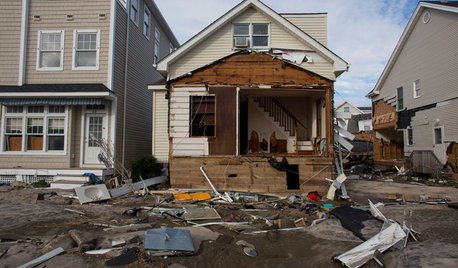
DISASTER PREP & RECOVERYHow to Combat Mold in a Flooded House
Before you rebuild or restore your water-damaged home, take these steps to keep mold at bay
Full Story
MOST POPULARWhat to Do After a Hurricane or Flood
How you treat your home after a natural disaster can make all the difference in its future livability — and your own personal safety
Full Story
BUDGETING YOUR PROJECTConstruction Contracts: What to Know About Estimates vs. Bids
Understanding how contractors bill for services can help you keep costs down and your project on track
Full Story
GARDENING GUIDES13 Risks to Take for True Garden Rewards
Go ahead, be a rebel. Breaking rules in the garden can lead to more happiness, creativity and connection with the earth
Full Story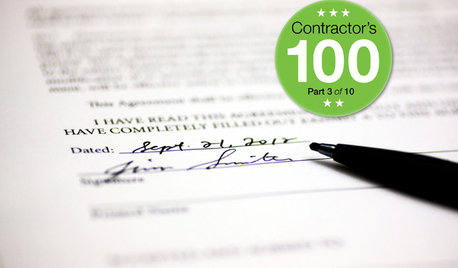
CONTRACTOR TIPSWhat to Look for in a Contractor's Contract
10 basic ingredients for a contract will help pave the way to remodel happiness
Full Story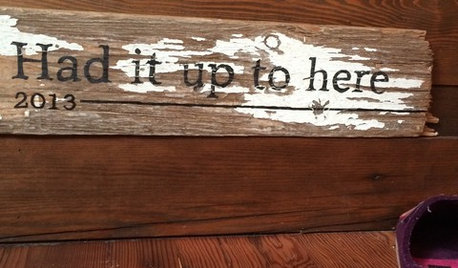
DISASTER PREP & RECOVERYFamily’s New Style Rises in the Aftermath of a Flood
After their damaged walls are demolished, homeowners realize they like the open space and decide to keep it
Full Story
MOVINGHome-Buying Checklist: 20 Things to Consider Beyond the Inspection
Quality of life is just as important as construction quality. Learn what to look for at open houses to ensure comfort in your new home
Full Story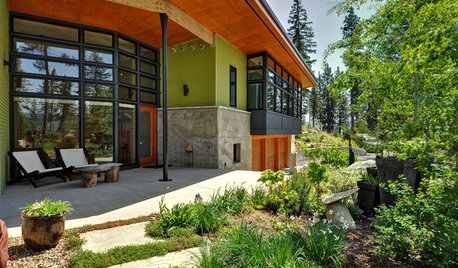
BUDGETING YOUR PROJECTConstruction Contracts: What Are General Conditions?
Here’s what you should know about these behind-the-scenes costs and why your contractor bills for them
Full StoryMore Discussions









kam76